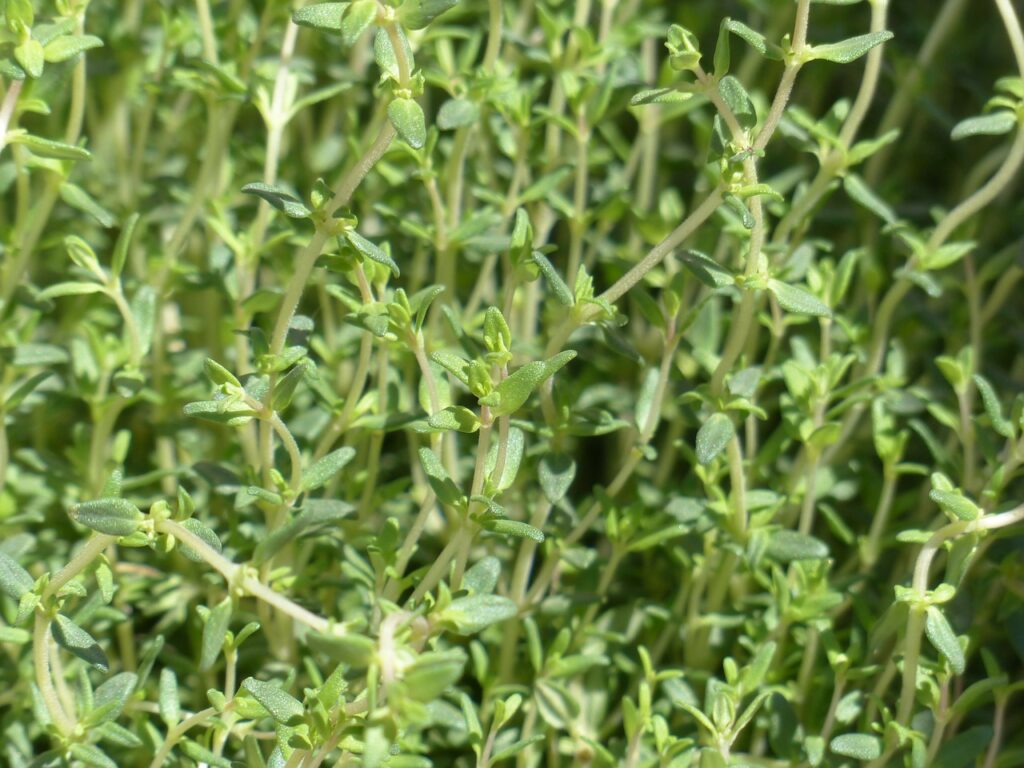In this article we share with you 5 best herbs perfect for container gardening.
Are you one of those who are short on space, but still want to grow their own kitchen staples? If you are, these spicy herbs are the best ones to start with.Container gardening will fulfil all your “green wishes” when you start with plants that will truly thrive.
So, look no further than home grown herbs.
Most are low on maintenance since they require very little attention when it comes to watering, feeding and pruning. Plus, they don’t mind having their roots confined in medium-sized pots—some even thrive in these conditions.
Herbs are also flexible: They’ll happily take your guidance and grow in a way that is convenient for you. Although most need quite a lot of sunshine, many will thrive on a fairly sunny kitchen window sill and will provide you with fresh and fragrant leaves for delicious meals.
Here are our five choices for the herbs best suited for growing in containers.
Mint

Many varieties of mint are notorious for being invasive and unruly when planted in a garden bed. One small mint plant can quickly spread and take over an entire garden bed. Different varieties of mint can also cross-pollinate, producing hybrids you don’t want.
Planting mint in containers solves these problems. Individual varieties can be kept far enough apart so that your pineapple mint won’t suddenly start tasting like catnip/pineapple. And mint confined in a container stays there—it doesn’t spread rampantly through your garden.
When it comes to choosing the best herbs for container gardening, mint should be your first choice.
Sage

Culinary sage is an herb best planted in a container because it’s easier to care for when it is readily accessible. Sage requires pinching and pruning to prevent it from becoming too woody. Sage is a perennial herb, but you might have to replant it every three years or so. You’re much more likely to properly care for your sage plants if they’re planted in a container rather than tucked away in the far corner of a garden bed.
Sage also tolerates dryer soil than most other commonly-grown herbs, so growing it in a container enables you to maintain the right growing conditions.
Sage dries very well and if you pinch its leaves throughout the growing season, put a rubber band on them, and keep them safe after drying, by the end of the season you will have enough bundles to make an herb wreath—a lovely gift that requires very little effort.
Rosemary

Growing rosemary is a favorite of many gardeners. It dries perfectly, holds its strong taste all winter, grows well indoors in a sunny window, and it is rarely bothered by insects. You can use rosemary to create herb standards or topiaries, and the woody stems are perfect for crafting. The stems can also be used as skewers—keep the stems in the freezer and use them as grilling skewers.
Rosemary prefers sandy soil; it doesn’t like to sit in water and prefers the soil to dry out between waterings. Growing rosemary in a container enables you to address its specific growing conditions.
Thyme

Thyme is one of the best herbs for container gardening; it’s low maintenance, drought-tolerant, and can take a bit of neglect. Plus, it looks fantastic when planted at the front of a container where the tiny leaves can mound over the edge of the pot. Give it full sun and don’t overwater; it’s drought-resistant and prefers its soil on the dry side. For culinary use, try English thyme or Lemon thyme, which has variegated yellow and green leaves and a bold lemon scent and flavor.
Cilantro

This sun-loving annual is often mistaken for parsley but the flavors couldn’t be more different. Many Americans correctly associate cilantro with the distinctive flavors of Mexican and Southeast Asian cuisines. Also called coriander, many herb growers make the distinction that the name cilantro refers to the leaves and the name coriander to the plant’s seeds.














